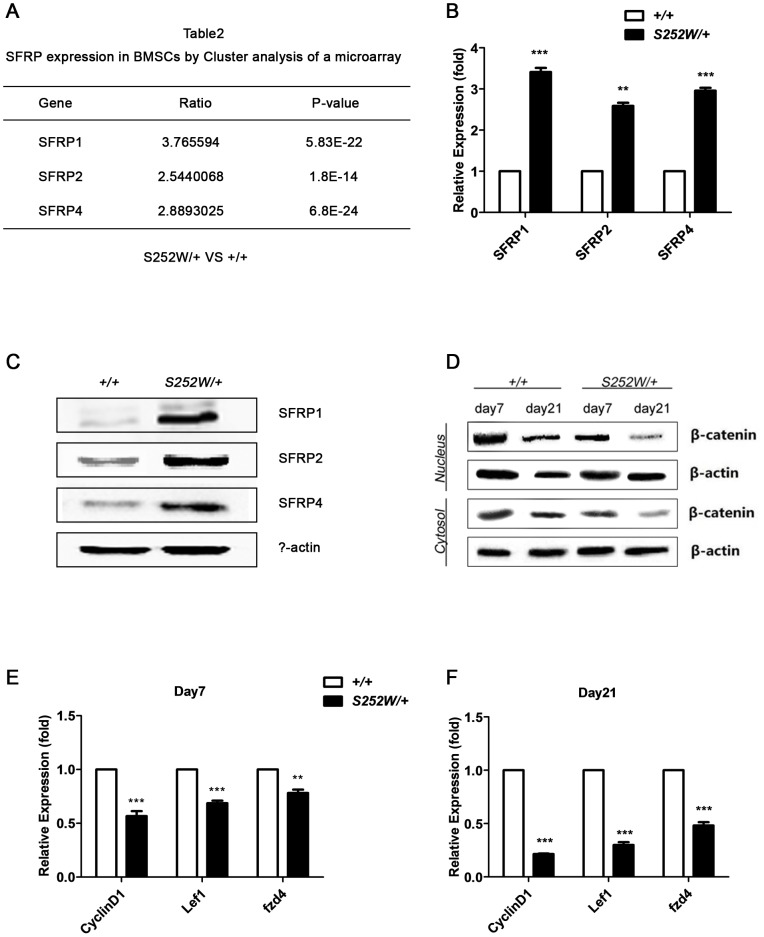Figure 6. S252W mutation affected Wnt signaling in osteogenically differentiating BMSCs.
(A) Cluster analysis of a microarray data revealed that Wnt pathway antagonists SRRP1, SFRP2, and SFRP4 were up-regulated 3.8 fold, 2.5 fold, and 2.9 fold in mutant BMSCs, respectively (n = 3). (B) Relative expression levels of SFRP1, SFRP2, and SFRP4 measured by qRT–PCR. The expression levels of SFRP1, SFRP2, SFRP4 mRNA were markedly higher in Fgfr2 S252W/+ BMSCs. Graphs show mean value ±SD (Student's t-test, **P<0.01, ***P<0.001). The PCR results were consistent with microarray results. (C) Western blot analysis demonstrated that the levels of SFRP1, SFRP2, and SFRP4 were higher in Fgfr2 S252W/+ BMSCs cultured in standard medium. (D) Fgfr2 S252W/+ BMSCs and wild-type BMSCs were kept in osteogenic differentiation medium. Cells were collected on the indicated days and then cytosol and nuclear levels of Wnt pathway effector β-catenin were examined by Western blot analysis. The results showed that β-catenin protein levels were lower in mutant cells than in wild type cells. (E) Relative expression levels of Wnt target genes cyclinD1, lef1, and fzd4 were measured by qRT–PCR. The results showed that after 21 days of osteogenic induction, the mRNA levels of these genes were markedly decreased in Fgfr2 S252W/+ BMSCs. Graphs show mean value ±SD (Student's t-test, **P<0.01, ***P<0.001).

